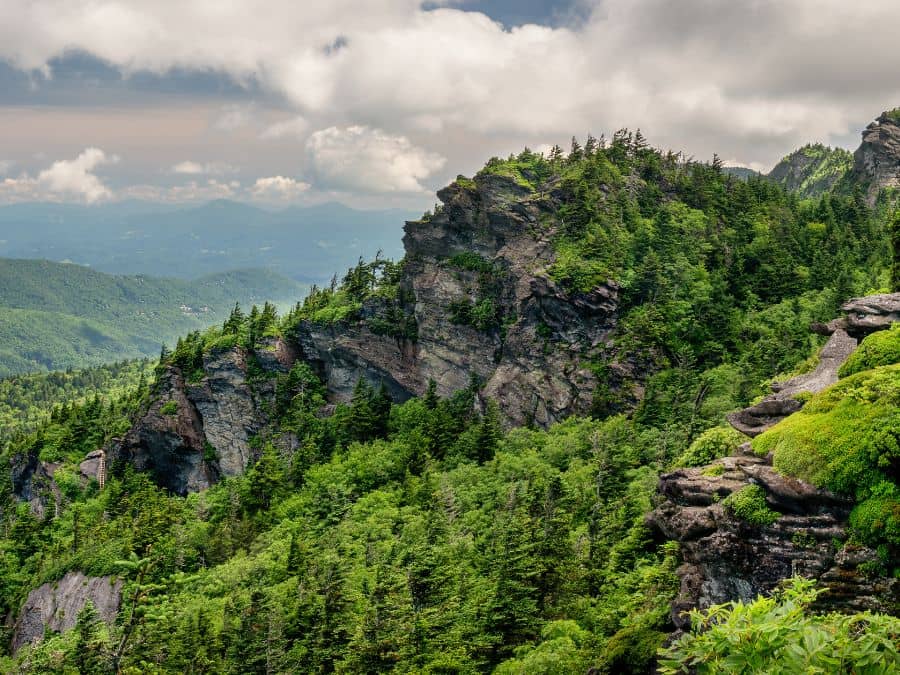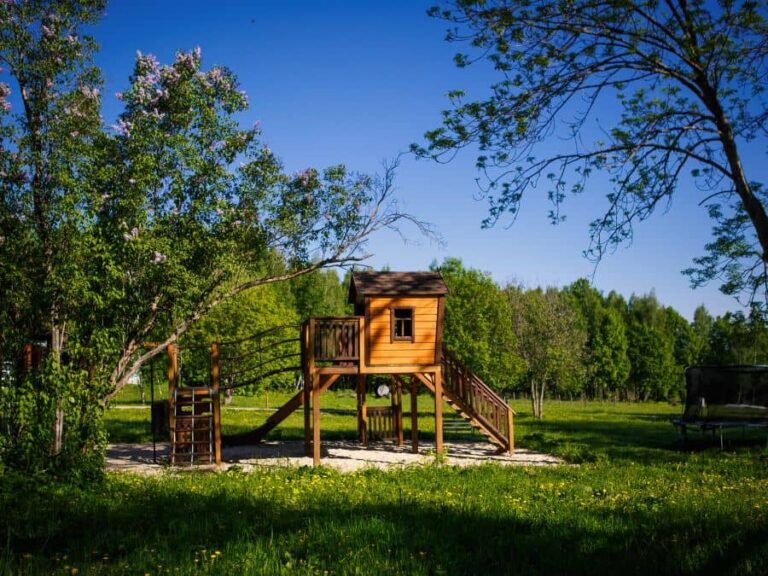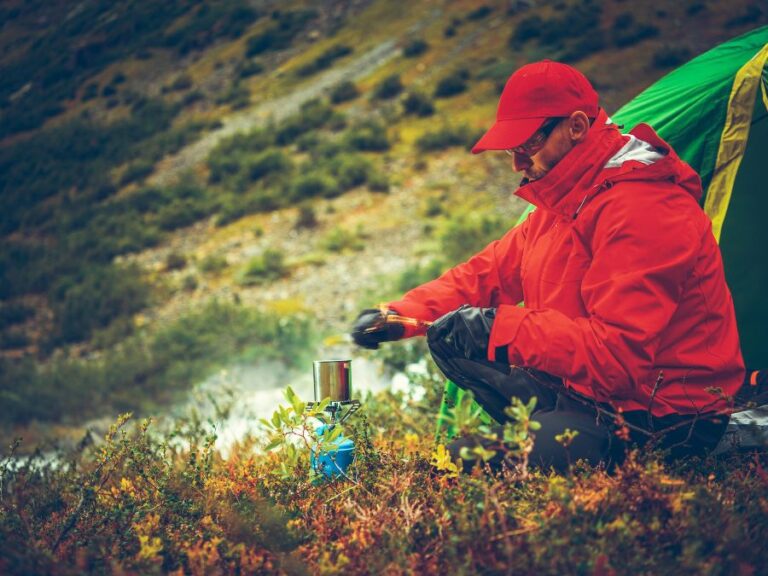Essential Safety Tips For Hiking In The Blue Ridge Mountains
Are you planning a hiking adventure in the beautiful Blue Ridge Mountains? Before you hit the trails, it’s important to prioritize your safety. The Blue Ridge Mountains offer stunning views and exhilarating hikes, but they can also present challenges and potential dangers.
In this article, we will provide you with essential safety tips to ensure that your hiking experience in the Blue Ridge Mountains is both enjoyable and safe.
First and foremost, it’s crucial to choose a trail that matches your skill level. The Blue Ridge Mountains offer a wide range of trails, from beginner-friendly paths to more advanced routes. Assess your fitness level and hiking experience honestly to avoid biting off more than you can chew.
Additionally, always check the weather conditions before heading out on a hike. Weather in the mountains can be unpredictable, so make sure to dress appropriately for the forecasted conditions and be prepared for sudden changes. By keeping an eye on the weather, you’ll be better equipped to make informed decisions about whether or not it’s safe to proceed with your hike.

Choosing the Right Trail for Your Skill Level
When choosing the right trail for your skill level, it’s important to consider the steepness of the terrain and the distance of the hike. Trail difficulty varies greatly in the Blue Ridge Mountains, so it’s crucial to assess your abilities honestly.
If you’re a beginner or have limited hiking experience, opt for shorter trails with less elevation gain. This will allow you to gradually build up your endurance and confidence. On the other hand, if you’re an experienced hiker looking for a challenge, there are plenty of advanced trails that will test your limits.
In addition to trail difficulty, make sure you have the appropriate hiking gear for your chosen route. A sturdy pair of hiking boots with good ankle support is essential to prevent injuries on rugged terrains. Don’t forget to wear moisture-wicking clothing and pack extra layers in case of changing weather conditions.
Carrying a backpack with enough water, snacks, a map or GPS device, a first aid kit, and sunscreen is also crucial for a safe hiking experience. Remember that being prepared not only ensures your safety but also enhances enjoyment during your time in the beautiful Blue Ridge Mountains.

Checking the Weather Conditions
Before you head out on your hike, make sure to check the weather conditions. It’s essential to know what kind of weather you’ll be facing during your journey in the Blue Ridge Mountains.
Rainy conditions can significantly impact your safety and enjoyment on the trail. If there’s a possibility of rain, be prepared with proper rain gear such as a waterproof jacket, pants, and sturdy hiking boots. Additionally, pack a waterproof cover for your backpack to protect your belongings from getting wet.
Hiking in rainy conditions can make trails slippery and increase the risk of accidents, so it’s crucial to exercise caution and take slower steps to maintain stability.
Extreme temperatures are another factor to consider when checking the weather before embarking on a hike in the Blue Ridge Mountains. During summer months, temperatures can soar, leading to heat-related illnesses like dehydration or heatstroke if not properly managed. Make sure to dress appropriately by wearing lightweight and breathable clothing that allows sweat evaporation and protects you from harmful UV rays. Don’t forget to bring plenty of water and stay hydrated throughout your hike.
Conversely, during winter months, temperatures may drop drastically, potentially causing frostbite or hypothermia if you’re not adequately prepared. Layer up with thermal clothing and wear insulated jackets or coats to keep warm while venturing through the mountains’ chilly terrain.
Remember that being aware of current weather conditions will help ensure a safer hiking experience in the Blue Ridge Mountains. By preparing for rainy conditions with appropriate gear and taking necessary precautions for extreme temperatures, you can enjoy your hike while minimizing potential risks associated with changing weather patterns in this beautiful mountain range.

Bringing Sufficient Water and Snacks
It’s important to ensure you have enough water and snacks for your hike in the Blue Ridge Mountains. Hydration is crucial when undertaking any outdoor activity, especially in a mountainous region like the Blue Ridge Mountains. The terrain can be challenging, and you’ll likely be exerting yourself more than usual.
Make sure to bring enough water to stay hydrated throughout your hike. It’s recommended to carry at least one liter of water per hour of hiking, although this may vary depending on factors such as temperature and intensity of the trail.
In addition to staying hydrated, packing energy-packed snacks is essential for a successful hike. Your body will need fuel to keep going and maintain energy levels during the trek. Opt for lightweight snacks that are easy to pack and won’t spoil quickly.
Some great options include trail mix, granola bars, beef jerky, or dried fruits. These snacks provide a combination of carbohydrates, proteins, and healthy fats that will keep you energized throughout your adventure in the Blue Ridge Mountains.
Remember to pack enough snacks for the duration of your hike, plus some extra in case unexpected delays occur.

Navigation and Trail Markers
To ensure you stay on the right path during your hike, keep an eye out for clear trail markers and use a map or GPS to navigate through the beautiful wilderness. Before starting your hike, it’s important to obtain a trail map of the Blue Ridge Mountains. This will give you a visual representation of the trails and help you plan your route accordingly.
Along with the trail map, consider carrying a compass or GPS device to assist with navigation. These tools can be invaluable in case you encounter any confusing intersections or if visibility becomes poor due to weather conditions. By utilizing both the trail markers and navigation tools, you can confidently explore the Blue Ridge Mountains without getting lost.
In addition to using trail maps, compasses, and GPS devices are helpful when exploring new areas or venturing off-trail. While some hiking trails in the Blue Ridge Mountains are well-marked with signs and blazes, others may have limited markings or be less traveled. In such cases, having a reliable navigation tool like a compass or GPS can help prevent wandering off course.
Additionally, these devices can provide reassurance when navigating unfamiliar terrain or during low-light conditions. However, it’s essential to familiarize yourself with how to use these tools properly before embarking on your hike. Understanding their features and functions will enable you to confidently rely on them throughout your journey in the stunning Blue Ridge Mountains.

Wildlife Safety and Awareness
Keep your eyes peeled and stay alert for any wildlife you may encounter as you explore the breathtaking wilderness of the Blue Ridge Mountains. Animal encounters aren’t uncommon in this area, so it’s important to be prepared and know how to react safely.
One of the most important aspects of wildlife safety is bear safety. While black bears are a common sight in the Blue Ridge Mountains, they generally prefer to avoid human interaction. However, if you do come across a bear during your hike, it’s crucial to remain calm and avoid sudden movements.
To ensure your safety during a bear encounter, make yourself appear larger by standing tall and raising your arms above your head. Slowly back away while facing the bear and give it plenty of space. It’s important not to run or turn your back on a bear as this may trigger its predatory instincts.
Additionally, never approach or feed a bear as this can habituate them to human presence and lead to potentially dangerous situations for both humans and bears alike. Keeping food securely stored in bear-resistant containers can also help prevent attracting bears into camping areas.
Remember that wildlife encounters can be unpredictable, so always stay vigilant when hiking in the Blue Ridge Mountains. By following these guidelines, you can enjoy the stunning beauty of nature while minimizing any potential risks associated with animal encounters.
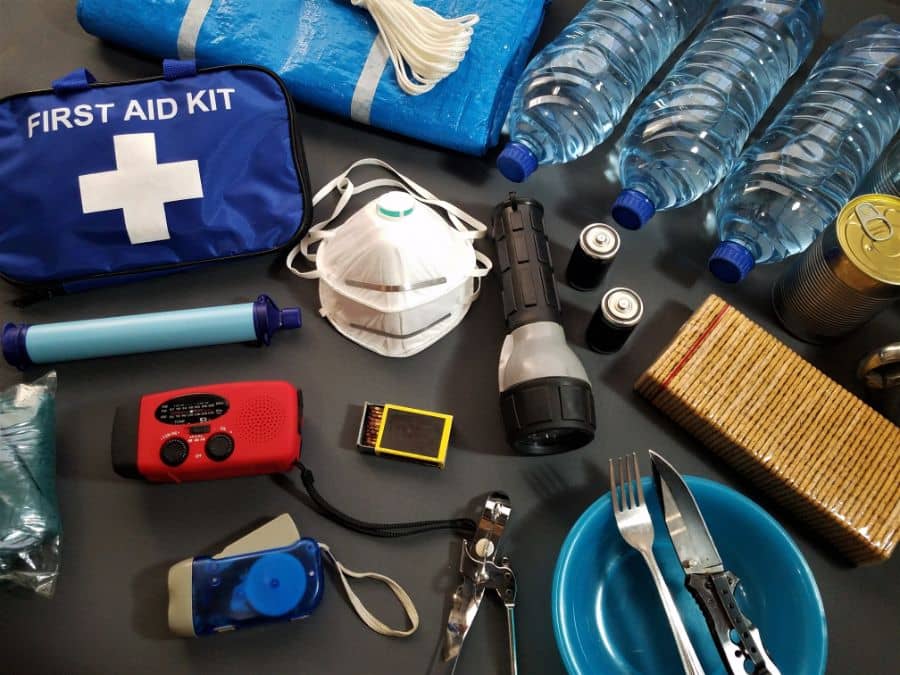
First Aid and Emergency Preparedness
If you find yourself in a medical emergency while exploring the breathtaking wilderness of the Blue Ridge Mountains, knowing basic first aid and being prepared for emergencies can potentially save your life.
It’s essential to have some level of first aid training before embarking on any hiking adventure. Knowing how to properly clean and dress wounds, administer CPR, or handle minor injuries can make a significant difference in the outcome of an emergency situation. Take the time to enroll in a first aid course or educate yourself through online resources. Having this knowledge not only gives you the confidence to handle unexpected situations but also ensures that you can provide immediate care until professional help arrives.
In addition to obtaining first aid training, it’s crucial to carry emergency contact information with you at all times while hiking in the Blue Ridge Mountains. This includes having your own identification along with contact numbers for local authorities and nearby hospitals. In case of an emergency, these details will be vital for rescuers or medical professionals who need accurate and immediate information about you. Make sure to store this information securely, either in a waterproof container or by utilizing smartphone apps specifically designed for emergency contacts.
By being prepared with both first aid training and easily accessible emergency contact information, you can hike confidently knowing that you’re well-equipped to handle any unforeseen circumstances that may arise during your exploration of these magnificent mountains.
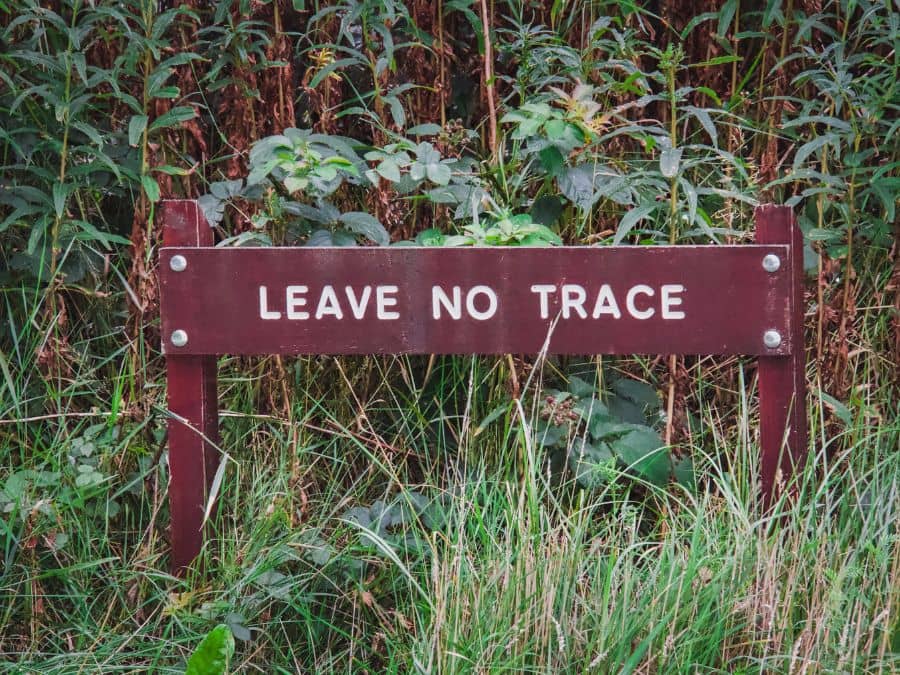
Leave No Trace Principles
When exploring the breathtaking wilderness of the Blue Ridge Mountains, it’s important for you to adhere to the Leave No Trace principles, ensuring minimal impact on the environment and preserving its natural beauty for future generations.
One crucial aspect of following these principles is thoughtful campsite selection. When setting up camp, make sure to choose an established site whenever possible. Look for areas with durable surfaces like gravel or sand, as they can withstand camping activities without causing significant damage to vegetation or soil. Avoid camping near water sources to prevent contamination and erosion.
By carefully selecting your campsite, you can minimize your impact on the delicate ecosystem of the Blue Ridge Mountains.
Another essential aspect of practicing Leave No Trace principles in the Blue Ridge Mountains is proper waste disposal. Always carry a small trowel with you to dig a cathole at least 200 feet away from water sources and trails when nature calls. This helps prevent pollution and keeps wildlife away from human waste. Remember to pack out all trash and litter, including food scraps and personal hygiene products.
Leaving them behind not only defaces the natural beauty but also poses a threat to wildlife who might ingest or get entangled in these items. By properly disposing of waste while hiking in the Blue Ridge Mountains, you contribute to maintaining its pristine condition for future hikers and nature enthusiasts to enjoy.
Take in the Breathtaking Beauty of the Blue Ridge Mountains
In conclusion, when hiking in the Blue Ridge Mountains, it’s crucial to prioritize your safety by following these essential tips.
First and foremost, always choose a trail that matches your skill level to ensure a comfortable and enjoyable experience.
Remember to check the weather conditions beforehand and pack accordingly, including sufficient water and snacks.
Additionally, be sure to familiarize yourself with navigation tools and trail markers to prevent getting lost along the way.
Stay aware of wildlife in the area and take necessary precautions to avoid any potential encounters or accidents.
Lastly, always be prepared with a first aid kit and emergency supplies in case of any unforeseen circumstances.
By adhering to these safety guidelines and practicing Leave No Trace principles, you can make the most of your hiking adventure while keeping yourself safe.
So go ahead, lace up your boots, take in the breathtaking beauty of the Blue Ridge Mountains, but remember that safety should always come first.
Happy hiking!

